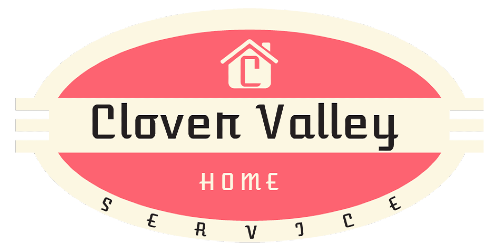Mold Remediation: Protecting a Home and Health
Mold thrives in moist, humid conditions, growing on surfaces like walls, ceilings, floors, and furniture. It spreads through airborne spores, facilitated by water leaks, flooding, or high humidity levels in homes.
Mold growth in a home poses significant risks to both property and health. Understanding the importance of mold remediation and proactively addressing mold issues can help protect a home and its inhabitants. Mold can develop in damp, humid conditions and spread rapidly if not addressed promptly. Exploring the process of mold remediation and its benefits highlights the importance of maintaining a mold-free environment.
Understanding Mold Growth
Mold is a fungus that thrives in moist, humid conditions. It can grow on numerous surfaces, including walls, ceilings, floors, and even furniture. Water leaks, flooding, and high humidity levels are common causes of mold growth. Mold reproduces through tiny spores that can spread through the air, making it easy for mold to colonize new areas of a home.
Identifying Mold Problems
Early detection of mold is crucial to preventing widespread damage and health issues. Signs of mold growth include:
Musty odors
Visible discoloration on walls or ceilings
The presence of mold spores
In some cases, mold may grow behind walls or under flooring, making it harder to detect. Regular inspections and monitoring for signs of moisture can help identify potential mold problems before they escalate.
Health Risks of Mold Exposure
Mold exposure can have serious health consequences. Mold spores trigger allergic reactions, asthma attacks, and other respiratory issues. Symptoms include coughing, sneezing, nasal congestion, skin irritation, and eye irritation. Prolonged mold exposure can lead to extreme health problems, notably for individuals with pre-existing respiratory conditions or weakened immune systems. Protecting health by addressing mold issues is essential.
The Mold Remediation Process
Mold remediation involves a comprehensive approach to remove mold and prevent its recurrence. A professional mold remediation company follows a systematic process to ensure thorough and effective mold removal. The key steps in the mold remediation process include:
Inspection and Assessment
Technicians conduct a thorough inspection to evaluate the extent of mold growth and determine the moisture source. This assessment guides the remediation plan's development.
Containment
Containment measures minimize the spread of mold spores to unaffected areas of the home. These measures can involve sealing the area with plastic sheeting and using negative air pressure to contain the spores.
Removal of Contaminated Materials
Materials contaminated with mold, such as drywall, insulation, and carpeting, are removed and disposed of safely. This step eliminates the source of mold and prevents future growth.
Cleaning and Disinfection
Surfaces and items that can be salvaged are cleaned and disinfected to remove mold spores. Specialized cleaning agents and techniques ensure effective mold removal.
Drying and Dehumidification
Effective drying and dehumidification are essential to prevent mold from returning. High-capacity air movers and dehumidifiers reduce moisture levels and create an environment inhospitable to mold.
Restoration
After mold removal and cleaning, the affected areas are restored to their original condition. It may involve repairing or replacing damaged building materials, such as drywall and flooring.
Benefits of Professional Mold Remediation
Professional mold remediation offers several advantages over DIY approaches. Mold remediation specialists possess the expertise, equipment, and knowledge to address mold problems effectively and safely. The benefits of professional mold remediation include:
Comprehensive mold removal: Professionals can identify and remove mold from all affected areas, including hidden or hard-to-reach spots.
Prevention of mold recurrence: Effective remediation includes addressing the source of moisture and reducing the risk of future mold growth.
Protection of health: Professional remediation minimizes exposure to mold spores, reducing health risks for occupants.
Restoration of property value: Proper mold remediation helps preserve a home's structural integrity and value.
Preventing Mold Growth
Preventing mold growth involves managing moisture levels and addressing water issues promptly. Key prevention strategies include:
Fixing leaks: Repairing plumbing leaks, roof leaks, and other sources of water intrusion can prevent mold from gaining a foothold.
Controlling humidity: Dehumidifiers and proper ventilation in high-humidity areas, such as bathrooms and basements, can reduce moisture levels.
Promptly addressing water damage: Drying and cleaning areas affected by water damage within 24-48 hours can prevent mold from developing.
Regular inspections: Inspecting the home for signs of moisture and mold can help detect and address issues early.
Mold remediation is essential for protecting a home and its occupants' health. Understanding the risks of mold exposure and the importance of professional remediation can help homeowners take proactive steps to address mold issues. By following a comprehensive remediation process and implementing preventive measures, it is possible to maintain a healthy, mold-free environment. Investing in professional mold remediation services ensures thorough and effective mold removal, safeguarding the home and its inhabitants from the dangers of mold.
The team of skilled technicians at Clover Valley Home Services has the right tools and expertise for mold remediation, water damage restoration, and leaky house detection. Free estimates available. Call today!

